Exploring the Grand Canyon : A Complete Visitor’s Guide
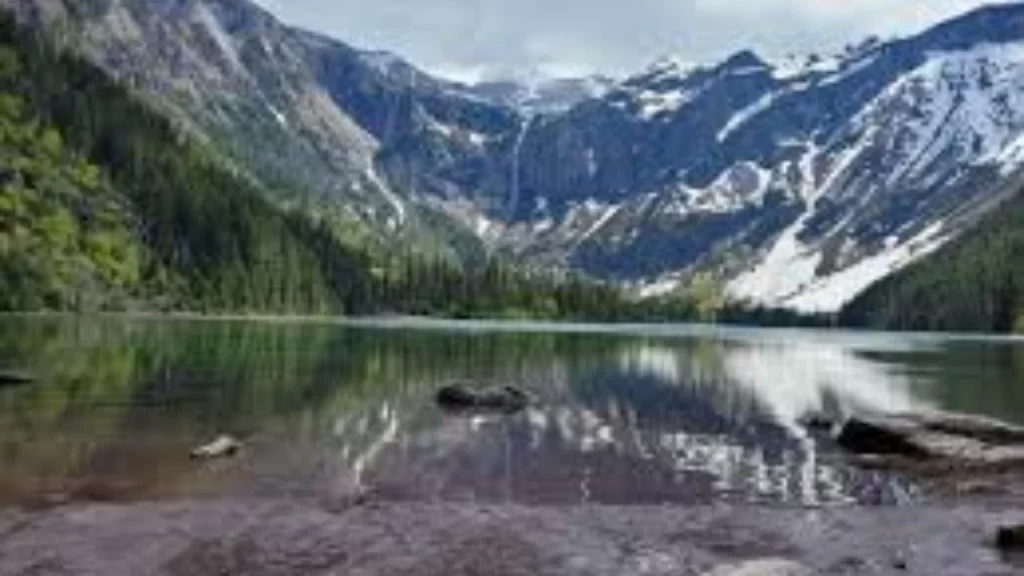
Millions of years of geological transformations combined with continuous water erosion from the Colorado River created the majestic natural masterpiece which is the Grand Canyon. The Arizona location houses this natural wonder which welcomes millions of annual travelers because it provides visitors the chance to admire amazing vistas while experiencing different weather patterns and attempting […]
Mount Rainier: The Crown Jewel of Washington
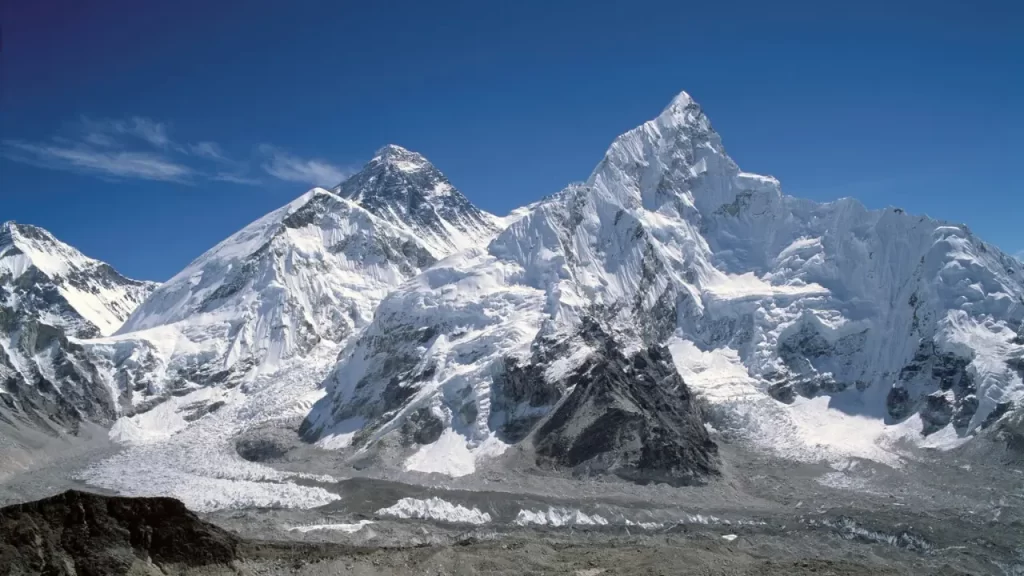
Discover Mount Rainier’s majestic heights, diverse ecosystem, and volcanic history. Learn about America’s most glaciated peak outside Alaska and its stunning national park in this comprehensive guide.
Kenai Fjords National Park: Exploring the majestic place
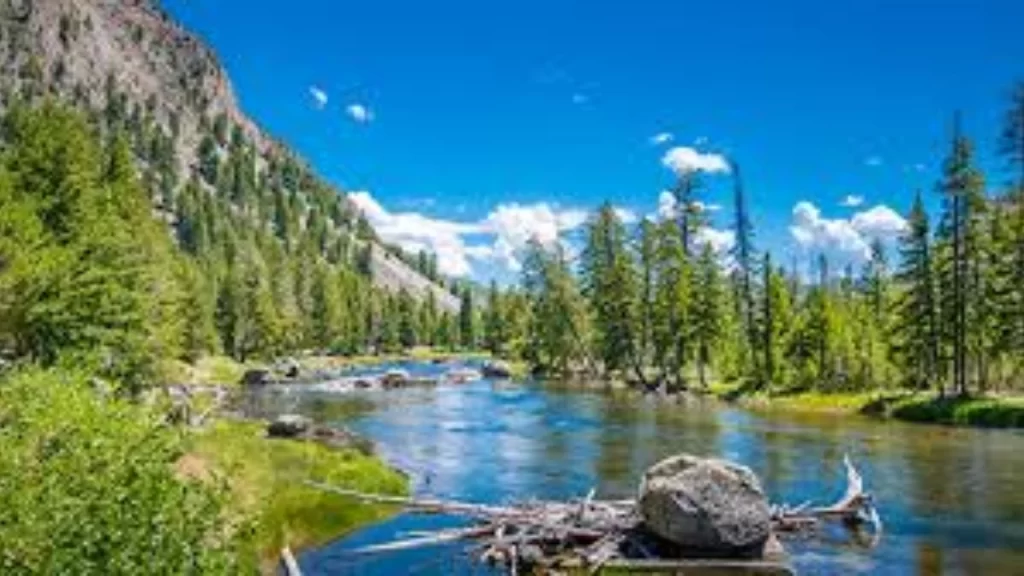
Experience the breathtaking beauty of Kenai Fjords National Park as ancient glaciers descend to the sea. Acquire knowledge about spotting wildlife along with trail information surfing knowledge and all necessary information for an exceptional Alaskan trip.
The Mighty Mississippi River: History, Ecology & Cultural Impact

: Explore the fascinating journey of the Mississippi River – its origin, incredible length, historical significance, ecological importance, and the profound impact it has had on North American culture and commerce.
Guadalupe Mountains National Park: A Natural Wonder of Texas

Experience the natural wonder of Guadalupe Mountains National Park in Texas. Hike majestic trails, witness unique wildlife, and immerse yourself in nature’s splendor.
Explore the Breathtaking World of Scenic Mountains

Discover the awe-inspiring beauty of Scenic Mountains, from their geological origins to their profound impact on human culture, adventure, and natural ecosystems
Glacier National Park: Where Wilderness Meets Majesty

Discover the breathtaking beauty of Glacier National Park—a pristine wilderness of glacial valleys, alpine meadows, diverse wildlife, and stunning scenic drives that showcase nature’s most spectacul
Congaree National Park: America’s Hidden Wilderness Sanctuary
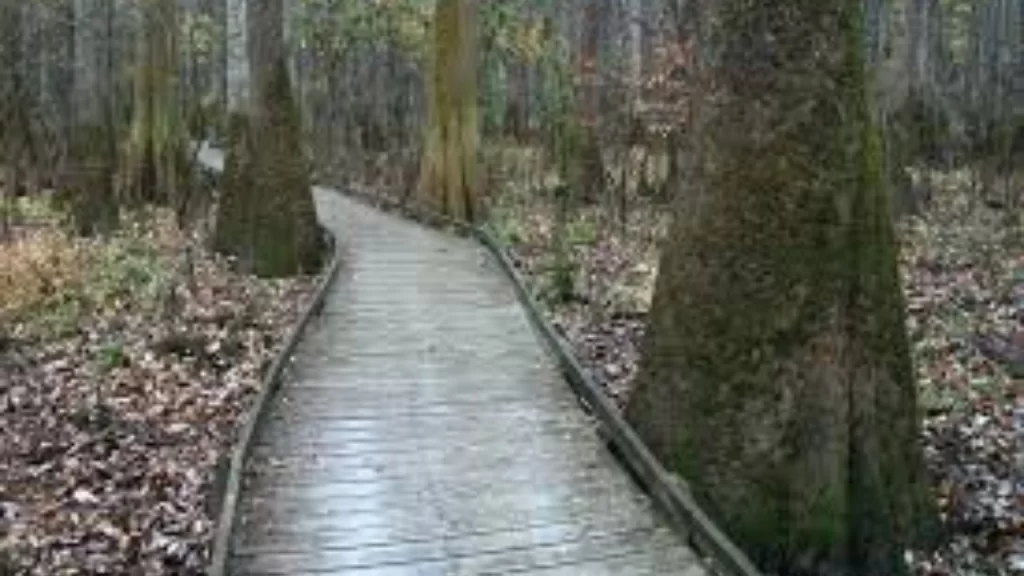
Discover the enchanting world of Congaree National Park, a breathtaking bottomland hardwood forest in South Carolina that harbors record-breaking trees, diverse wildlife, and a rich ecological histo.docx
Things you need to know about Oeuvre Mountain
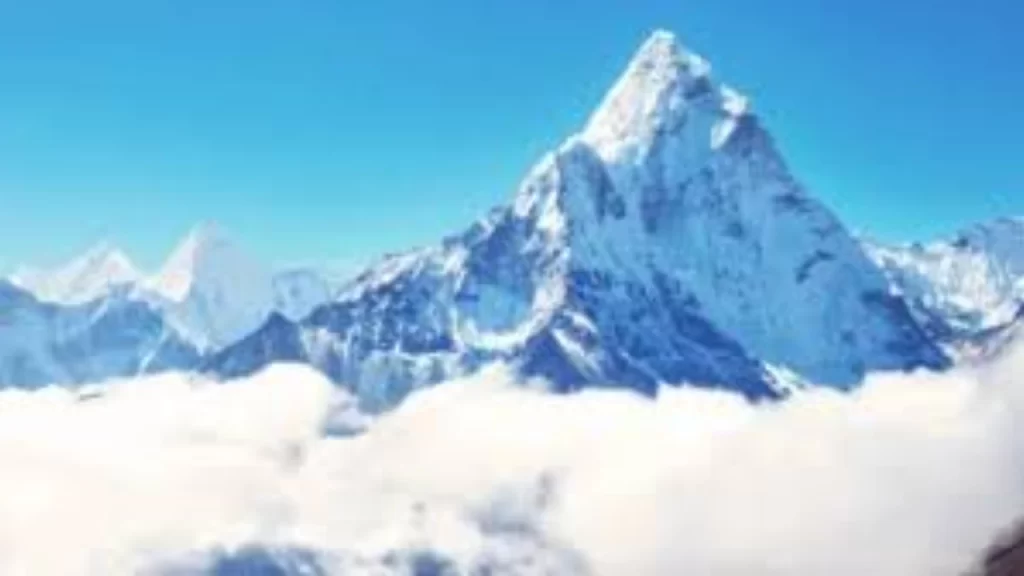
“Oeuvre Mountain is a majestic peak known for its breathtaking landscapes, challenging trails, and rich biodiversity. A paradise for hikers and nature enthusiasts, it offers stunning panoramic views and unforgettable adventures. Discover its beauty today!”
Discovering the Majestic Wonders of Yellowstone national park

Explore Yellowstone National Park, home to stunning geysers, wildlife, and breathtaking landscapes. Discover nature’s wonders in the world’s first national park.
Understanding The World’s Tall Mount Everest Growth Limits

Mount Everest continues to rise due to tectonic activity, but its growth is limited by erosion, climate change, and geological forces. Scientists study these factors to predict its future height and stability. Understanding these limits helps assess long-term environmental and climbing challenges.
Lake Eyre: Australia’s Largest Salt Lake | Facts, FAQs, and More

Uncover the secrets of Lake Eyre, Australia’s most iconic salt lake. Get answers to frequently asked questions, learn about its unique features, and prepare for competitive exams with our quick facts.
Lake Michigan: Facts and Insights

Explore Lake Michigan, the only Great Lake entirely within the United States. Discover its geographical wonders, ecological significance, and economic impact.
How the Appalachian Mountains Shaped Southern Food

Explore how the Appalachian Mountains have shaped Southern food through unique ingredients, traditional cooking methods, and rich culinary history. Discover foraging practices, iconic dishes, and the influence of geography on regional cuisine in this insightful blog.
Visit the Appalachian Mountains: A Seasonal Guide for Nature Lovers

Explore the beauty of the Appalachian Mountains with our seasonal guide! Discover must-visit locations, essential checklists, top accommodations, and dining options. Whether you’re hiking in spring, adventuring in summer, leaf-peeping in autumn, or skiing in winter, find expert tips and personal experiences for your unforgettable visit.
